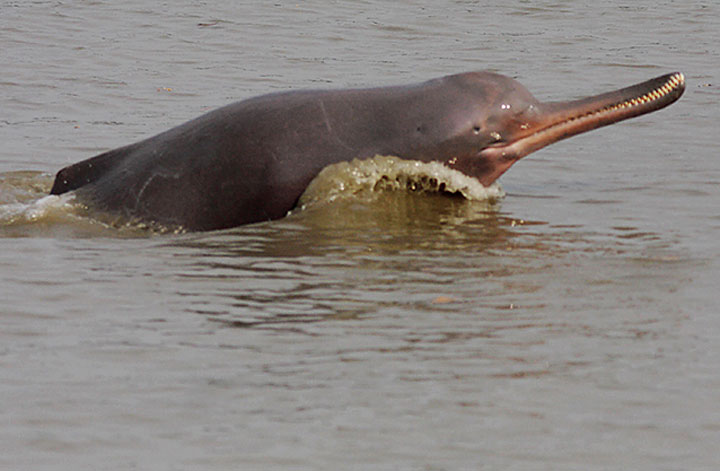Sir — It is a matter of great relief that India’s first dolphin research centre is set to come up in Patna, nearly a decade after it was first mooted. This will hopefully bode well for the fate of the endangered Gangetic river dolphin, which is the country’s national aquatic animal but is nevertheless hunted mercilessly by poachers for its flesh, fat and oil. It is a wonder that human beings can be so cruel to such a beautiful and intelligent animal.
Shalini Roy,
Calcutta
Great effort
Sir — It was heartening to read about the men who installed taps on 12 stand post hydrants in Chetla from where water would constantly flow and be wasted (“Friends fix water wastage in Chetla”, July 8). At a time when major cities in India are running out of water, such wastage is criminal. Almost 30 per cent of the filtered water produced at the Calcutta Municipal Corporation’s three major treatment plants is wasted daily. This water could have solved scarcity in large parts of the city. According to the CMC, leakage from old water pipelines and roadside taps is a major source for the wastage. Out of 17,000 taps, only a portion caters to the water requirements of slums. Water from the rest is simply wasted.
Water meters should be installed in households and a nominal fee charged for consumption. This will make users more mindful. A survey in the Cossipore-Dum Dum area had showed that households get 600-800 litres of water daily for each person, whereas 135 litres a day is enough.
Khokan Das,
Calcutta
Sir — Vijay Agarwal, Ajay Mittal and Birendra Adhikary should be thanked for their efforts to stop water wastage. Calcuttans often face drinking water scarcity, particularly in summer. And yet, water being wasted from roadside stand post hydrants in many localities is a common sight. These hydrants are built to provide drinking water where there is a scarcity. But the taps are either stolen, or end up malfunctioning, as a result of which water flows out all day and goes down the drain. Nobody fixes the taps. Owing to this huge wastage, the CMC is forced to supply 405 million gallons of water daily, whereas the actual demand is for about 200 million gallons.
The criminal wastage is on account of the negligence of citizens and the callousness of the civic authorities. Acute scarcity in some parts of India forces people to walk miles just to collect a bucketful of water.
P.R. Bhattacharya,
Calcutta
Sir — The men who tried to save water in Chetla deserve gratitude. Water is wasted in almost all parts of the city; nobody seems to be bothered. South India is facing acute drinking water shortage; yet, here, we are wasting precious water. If this continues, we will also run out of water soon.
U. Bhaskaran,
Calcutta










